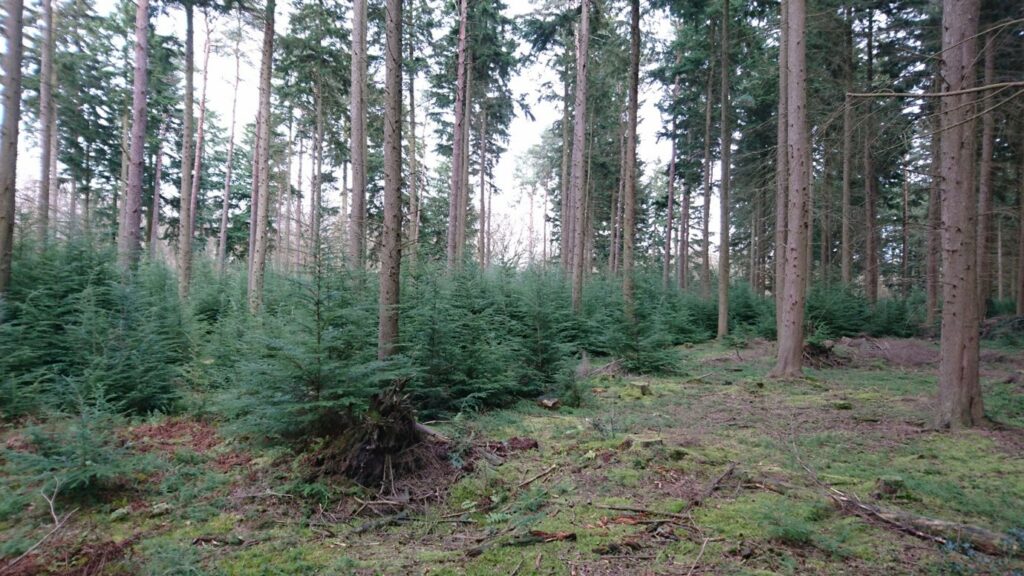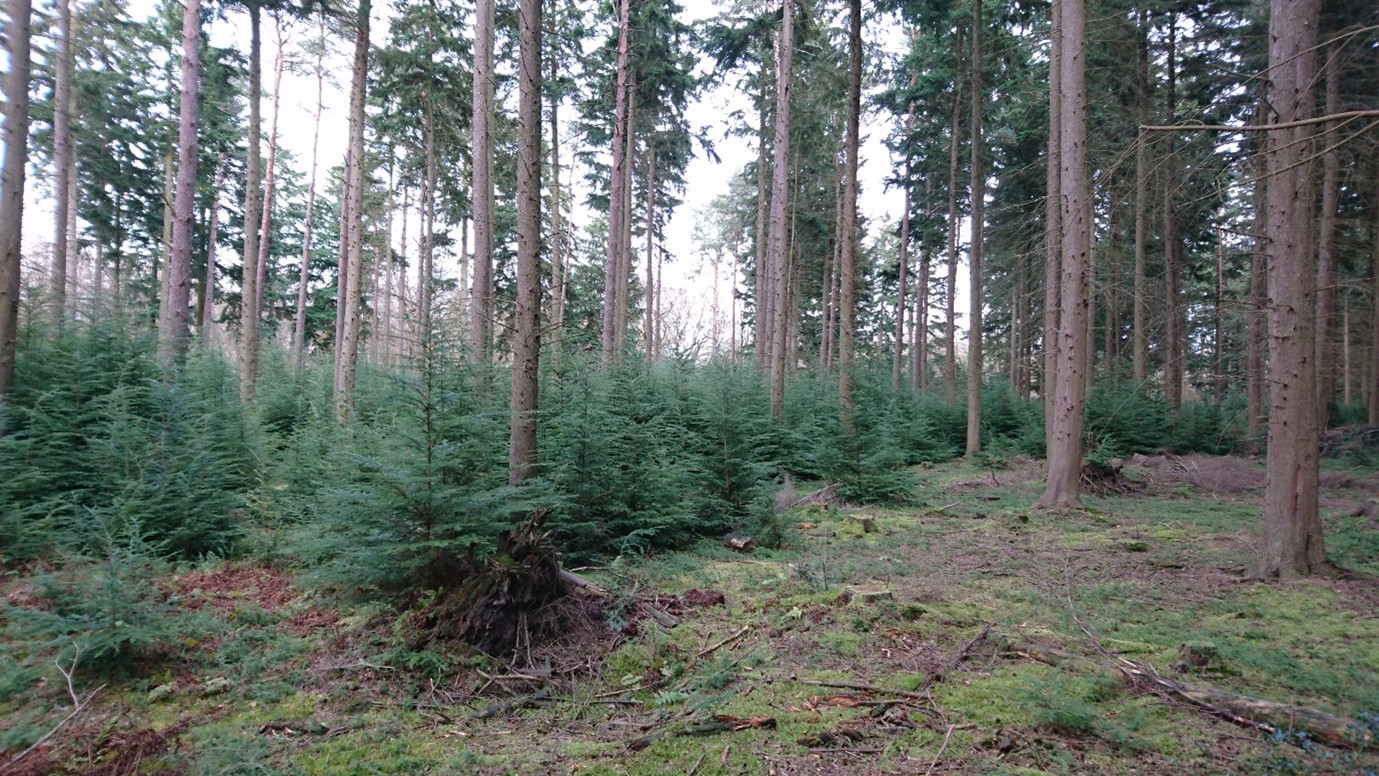On the UN’s International Day of Forests (21 March), Professor Martin Lukac considers this year’s theme of ‘Forests and sustainable production and consumption’ and the much-needed shift in focus away from the drive to supply timber towards safeguarding forests as productive ecosystems.

Humans use a substantial amount of timber every year, and this is likely to increase due to the growth of the human population and the increasing use of timber and wood biomass instead of non-renewable materials. Historically, commercial forestry was able to satisfy the demand for timber by focusing on maintaining the yield from managed forests; so-called sustained yield forestry. This supply was ‘topped up’ by illegal logging of forests across the globe, which is still taking place in just about every country with forest cover. Now, and I hope not too late, we have realised two things. One, forests supply not only wood but also a wide range of other products and ecosystem services that we all depend on. And two, there isn’t an infinite supply of forest ecosystems on Earth. In fact, we have already destroyed about half of them.
This realisation has led to a much-needed shift of focus, away from the singular drive to supply timber and towards safeguarding forests as productive ecosystems. We can still get the timber, of course. Sunlight, carbon dioxide, water and nutrients are used by every single tree on Earth to create wood. The first two are in plentiful supply, even increasing in the case of CO2, while water and nutrients need to be taken up by tree roots from the soil. And it is the supply of soil resources that brings us to the notion of sustainable forestry. Healthy forest soil – think of it as a fine-tuned engine composed of mineral and organic parts – can usually supply both water and nutrients to the trees. The myriad of soil-dwelling organisms play a large part in this process, but they depend on the trees for their energy supply. Remove the trees, and the soil engine has no fuel; it will slow down, and unless the trees are replanted, stall. Sustainable forestry aims to safeguard the forest as a functioning ecosystem, healthy soils included.
This means no deforestation, no large-scale removal of entire forest stands, and as few alien tree species as possible. Of course, all these things happen for a reason – to supply cheap timber. Illegal logging is paramount to theft, while large-scale forest management exploits economies of scale. Both disrupt the flow of matter and energy between the trees and the soil, making life for forest-dwelling organisms impossible. Sustainable forestry can help, but there is a catch – the price of timber. It is far cheaper to remove all the trees in a forest than go in and carefully remove just some of them. The shelterwood regeneration from Bracknell Forest that you can see on the photo is a beautiful example. Tall forest is opened a little to allow the light in and the new generation of trees grows under the cover of older trees. This way, the forest is always in place but the young growth complicates the harvest of older trees. As such, timber from sustainably managed forests tends to be more expensive. Are we willing to pay this price to preserve forests as the complicated ecosystems they are? Perhaps if a table costs more, we will end up using it for longer and save the next bit of forest from being cut down.
Martin Lukac is Professor of Ecosystem Science and Director of Postgraduate Research Studies in the School of Agriculture, Policy and Development.

